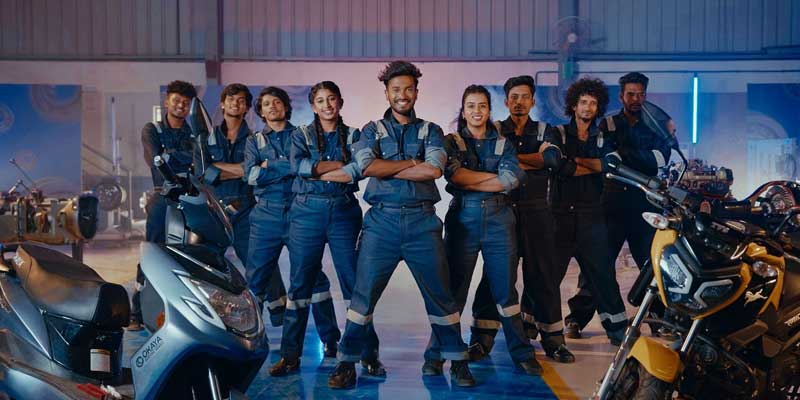Schedule a Call Back
Rise of Robots: New avenues of harmony between man and machine
 Articles
Articles- Mar 01,19

Related Stories

ADF Foods targets revenue doubling every 3 yrs, eyes domestic growth
The company aims to capitalize on the increasing demand for pre-cooked food items in both international and domestic markets.
Read more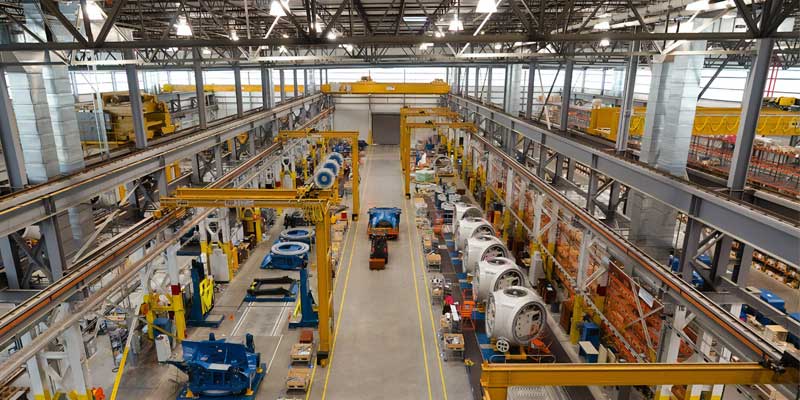
Why automation is key for India's $1 trn manufacturing economy?
Manufacturing sector, which contributes approximately 16 per cent to India's GDP, aims to reach $1 trillion by elevating its contribution substantially to around 25 per cent. In this article, Rakesh..
Read more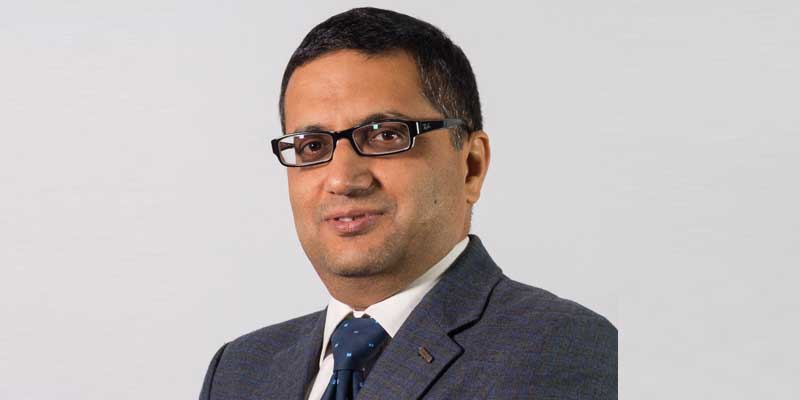
Automation also enables companies to employ sustainable practices
In this interview with Rakesh Rao, Sameer Gandhi, MD, OMRON Automation, India, explains how advanced technologies are enabling a shift towards smart manufacturing and Industry 4.0 practices
Read moreRelated Products
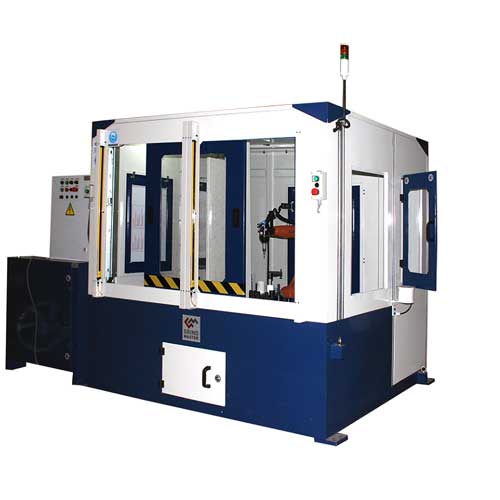
Robotic Deflashing of Aluminium Casting
Grind Master Robotic Deflashing Machine is an advanced and most reliable machine for Aluminium components. Robotic deflashing is a revolutionary technology developed by Grind Master Machines Pvt Lt Read more
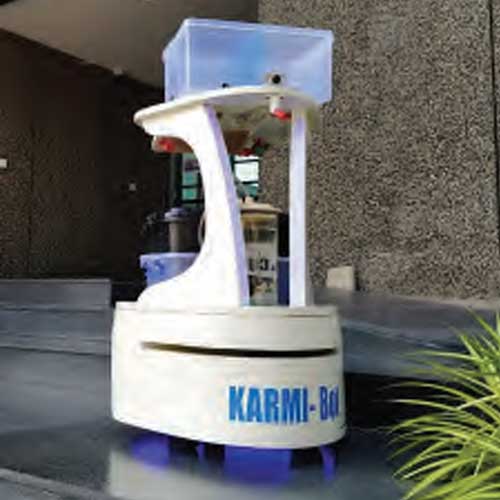
Karmi Bot
Asimov Robotics offers a wide range of Karmi Bot.
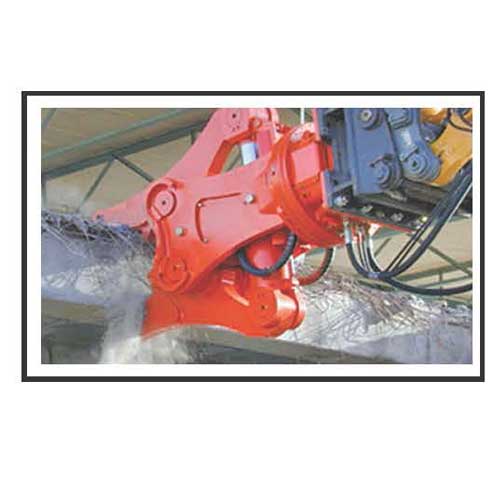
Ductbot Compact Robotic Inspection System
Robosoft Systems offers a wide range of compact DuctBot robotic inspection systems. Read more






